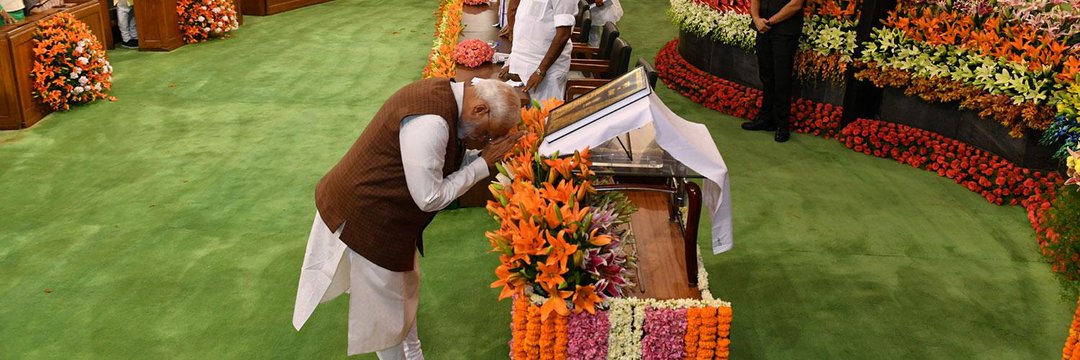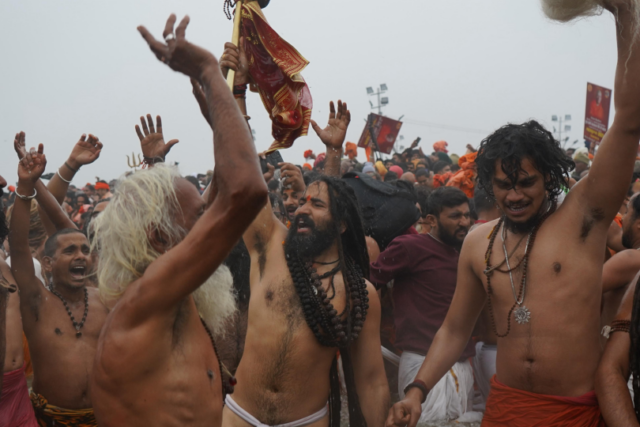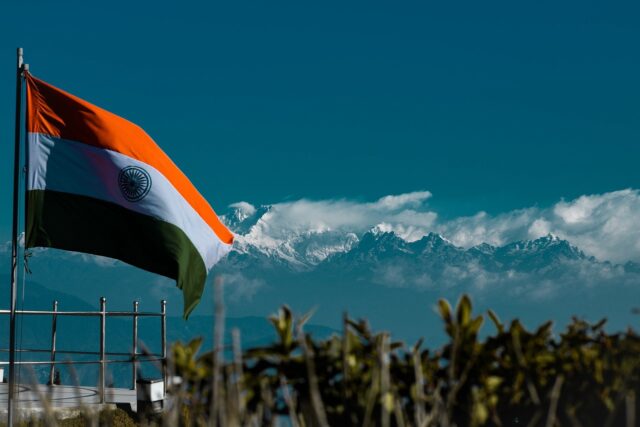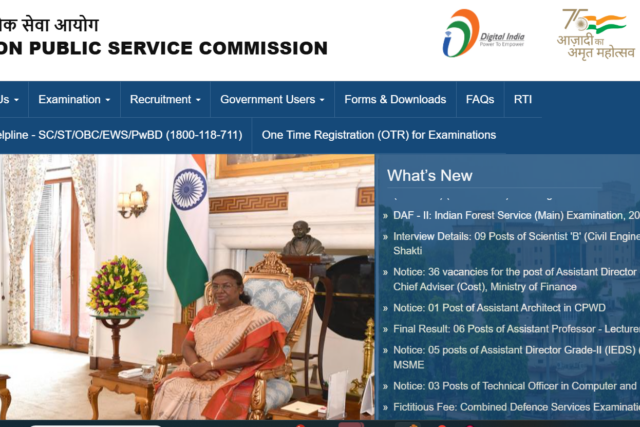100 Days of Modi Government 3.0: Achievements and Setbacks

As the Modi 3.0 government completes its first 100 days, the administration has made significant strides in various areas. However, challenges and criticisms have also emerged. Below is a balanced look at both the key accomplishments and the setbacks.
Achievements of Modi Government 3.0
1. Economic Reforms and Growth Initiatives
- Achievements: The government has implemented policies to revive the economy, especially in manufacturing and infrastructure. The Make in India initiative has been prioritized, and reforms have been introduced to attract foreign investments. Inflation control measures, particularly for essential commodities, were also a key focus.
- Impact: India’s export numbers have improved, and the stock markets have remained robust. The push for domestic manufacturing is seen as a positive step towards self-reliance.
2. Infrastructure Development
- Achievements: Fast-tracking of infrastructure projects, including highways, ports, and railways, has been a major highlight. The PM Gati Shakti initiative is designed to improve connectivity and logistics.
- Impact: Projects like the Vande Bharat trains and Vande Metro service reflect the government’s commitment to modernizing transportation. These initiatives are expected to boost both commerce and tourism.
3. Social Welfare Programs
- Achievements: Modi 3.0 has expanded social welfare schemes such as Ayushman Bharat, PM Awas Yojana, and Jal Jeevan Mission, with special attention to marginalized groups.
- Impact: These schemes have contributed to improving access to healthcare, housing, and clean water, especially in rural areas.
4. Foreign Policy and Diplomacy
- Achievements: The government has enhanced India’s global standing through international partnerships, diplomacy, and strategic alliances. Modi’s participation in forums like the G20 has strengthened India’s voice on the global stage.
- Impact: India has improved trade ties, especially in defense and technology, and continued its focus on regional security through policies like Act East.
5. Defense and National Security
- Achievements: The Atmanirbhar Bharat initiative in defense aims to reduce dependence on imports, while reforms have been implemented to modernize the military. The government has also made border security a priority.
- Impact: Greater investments in indigenous defense manufacturing have bolstered national security, while anti-terrorism measures remain effective.
6. Environmental Policies
- Achievements: Under the Mission LiFE initiative, the government has launched environmental projects focusing on renewable energy, afforestation, and pollution control.
- Impact: These steps are in line with India’s global climate commitments and aim to make India a leader in sustainable practices.
Setbacks and Challenges of Modi Government 3.0
1. Economic Challenges
- Setbacks: While the economy shows resilience, there are concerns over job creation, especially in urban areas. High unemployment rates persist, and inflation, particularly in food prices, has affected the middle and lower-income groups.
- Criticism: Critics argue that while the government focuses on infrastructure, more immediate attention is needed to address employment generation and inflation control at the grassroots level.
2. Slow Progress in Rural Development
- Setbacks: Despite the expansion of social welfare schemes, there are concerns about the slow implementation of programs like MGNREGA in rural areas, which are critical for addressing unemployment and poverty.
- Criticism: Rural development and agrarian distress remain significant challenges. Farmer protests over agricultural policies have also continued, reflecting dissatisfaction with certain government reforms.
3. Healthcare System Strain
- Setbacks: Although Ayushman Bharat has made healthcare more accessible, the public healthcare infrastructure still struggles to meet the demands of a large population. Post-pandemic recovery in healthcare remains slow.
- Criticism: Health experts highlight that more investment is needed to improve public hospitals, medical staffing, and the overall healthcare infrastructure in rural areas.
4. Environmental Concerns
- Setbacks: While there are environmental policies in place, critics argue that large infrastructure projects and industrial growth may come at the cost of environmental degradation. Issues like deforestation and urban pollution continue to be concerns.
- Criticism: Environmentalists have expressed concerns about balancing economic growth with ecological sustainability. The pace of implementing green policies is seen as insufficient.
5. Digital Divide
- Setbacks: The push for digital India, while commendable, has highlighted the gap between urban and rural areas in terms of internet access, digital literacy, and infrastructure.
- Criticism: While 5G rollout has accelerated, many rural and remote areas still lack adequate digital infrastructure, creating disparities in access to government services and opportunities.
6. Political Criticism and Opposition
- Setbacks: The government has faced criticism for stifling dissent and the shrinking space for opposition voices. Allegations of authoritarianism and over-centralization of power continue to be points of contention.
- Criticism: Critics argue that the government needs to promote greater political inclusivity and engage more effectively with civil society to address growing discontent.
Conclusion
The first 100 days of Modi 3.0 have seen notable achievements in areas like infrastructure, social welfare, and international diplomacy, positioning India as a global leader in several key sectors. However, significant challenges remain, particularly in employment, rural development, healthcare, and the environment. As the government moves forward, balancing growth with inclusive development and addressing these concerns will be essential for sustained progress.
Note: This article is ai generated and opinion based.







